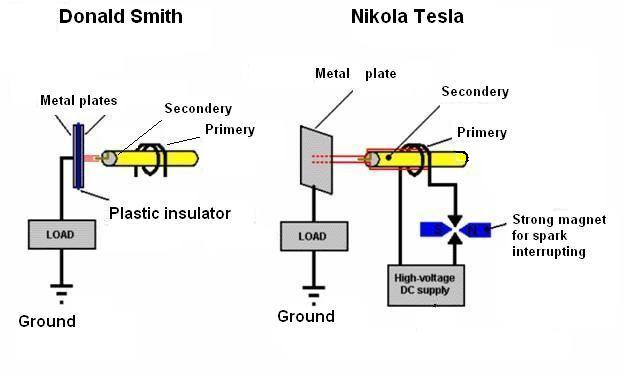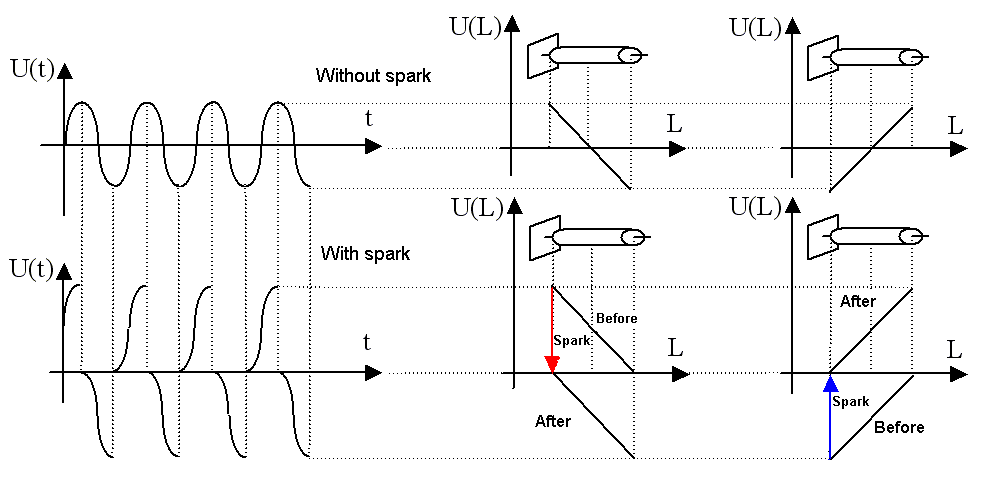Tesla coil energy harvesting
Vladimir Utkin u.v@bk.ru
Introduction


Potential energy


Penrose Staircase


What does energy depend on?
- --
Coil voltage
- -- Coil size
- -- Coil oscillation frequency
- -- Coil size
Law of energy conservation
Conclusions
- --
Coil voltage
- -- Coil size
- -- Coil oscillation frequency
- -- Coil size